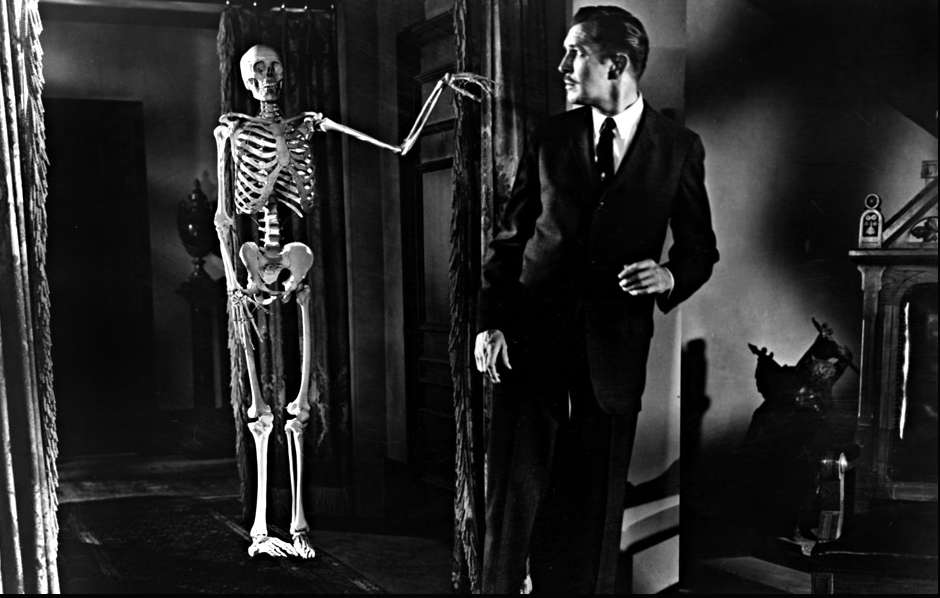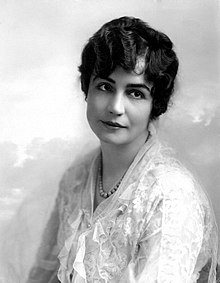Pages
▼
Friday, August 31, 2018
Wednesday, August 29, 2018
#WomanEmpowermentWednesday Virginia Rappe's "Philosophy" On Getting Ahead
"Years before the press used bohemian extra-girls and perverse movie producers to capture the appealing threat the industry posed, the Chicago American seized on another unconventional working girl to advertise the windy city's charms. “CHICAGO BEST CITY FOR GIRLS,” announced a headline in 1913, the same year Louella Parsons moved to the city on her own. A piece of shameless civic boosterism, the article interviewed a young model named Virginia Rappe to celebrate the unparalleled opportunities Chicago offered women. A large picture of “The Lonely Girl” sat beside the article. Its caption read “Be Original, Girls, and Grow Rich.” “They call Miss Rappe the ‘all aloney girl’ because she has had to make her way all alone in the world,” it explained. Being thrust onto her own devices at the age of sixteen had served Rappe well, by fostering the “courage and initiative” necessary to achieve her dreams. Indeed, just two years later, Rappe commanded a salary of “$4,000 a year” working “as a model in commercial lines.” Having traveled “all over the United States and a great part of Europe” before returning home, Rappe could attest to what made the city unique. “Chicago affords greater opportunity than any other town in the universe for the working girl,” she pronounced. The American ordered “aspiring neophytes” who feared competing with the city's “40,000 working sisters” to “now give heed” and “hearken to the voice of experience” by listening to what the “all aloney girl” had to say.
According to Rappe's “philosophy” about how to get ahead, a working girl's imagination determined her chances in Chicago for success. “Every girl can't be a model, but every girl can be original,” she declared. Originality demanded rejecting the typical low-paying jobs prescribed for women. “Chicago has too many stenographers and office women,” she warned. Instead of “standing in lines for $6 a week jobs that are heart-breaking and demoralizing,” Rappe advised finding a means to take “part of the money all these business men and salaried workers take home with them and leave with their wives.” Such a task involved cultivating a flair for modern “feminine” passions, including shopping, socializing, fashion, and interior decorating—as had one friend who had turned “a dilettante devotion to art” into an $ 8,000-a-year career as “a flat-fixer” [interior decorator]. “If I were marked by smallpox to-morrow I'd turn ‘fixer’ for flat wives,” she assured readers. The invention of new professions, like personal shopper or party planner, by so many women in the “independent brigade” meant “we girls are in a far better position than the men are if only we could realize it.” Rappe justified her optimism by touting how Chicago nurtured “boldness” in working girls, making them “the last word in up-to-date femininity . . . superior in intelligence, adaptability and personal attractiveness.”"
- excerpt from Go West, Young Women! The Rise of Early Hollywood. Hallet, Hilary. 2013.
Monday, August 27, 2018
#ManCriushMonday #MemaorableSupportingActors Edward Arnold
Although labelled "box office poison" in 1938, Arnold never stopped working. He had remained as a supporting character actor in over 150 films from "The White Sister" (1933) to "Annie Get Your Gun." (1950) mostly playing authority figures and bumbling tycoons. His first acting credit had been on stage at 12 years old playing Lorenzo in "The Merchant of Venice" but would still seek out work at Essanay Studios. After a year of employment with the film studio, the trade journal "Moving Picture World" hailed Arnold as "one of the most popular leading men on the screen." Arnold ended up leaving Essanay and film acting altogether for 13 years until making his talkie debut in "Okay America!" (1932) From there, it was successive film after successive film. Arnold would end up being best known for playing corrupt political boss Jim Taylor in "Mr. Smith Goes to Washington" (1939).
Comfortable in his career, Arnold did so much more off the screen. From 1940 to 1942, he was the president of the Screen Actors Guild and co-founded the I Am An American Foundation. During the "Communist Witch-Hunts," Arnold worked to protect his fellow actors. But it was a gutsy move in becoming one of the first actors to attempt running for public office. Arnold ran as the Republican candidate for Los Angeles Alderman in the mid-1940s but lost in a very close race. Throughout the '40s, he would also portray different presidents for ABC Radio's serial "Mr. President" and hosted the television show "Your Star Showcase."
Tuesday, August 21, 2018
Friday, August 17, 2018
Wednesday, August 15, 2018
#WomanEmpowermentWednesday Barbara Stanwyck
- Highest paid woman of 1944, earning $400,000
- Stood up to the producers of "Golden Boy" (1939) to keep William Holden on the picture after a string of bad performances
- Persuaded Jack Warner to buy the rights of The Fountainhead before it became a best-seller
- Was an early member of the Motion Picture for the Preservation of American Ideals
- Performed a stunt in "Forty Guns" (1957) in which she had to fall off a horse with her foot caught in the stirrup and being dragged around because the stunt actor refused to do this. This named her an Honorary Member of the Hollywood Stuntmen's Hall of Fame.
- Helped mold future-husband Robert Taylor into an actor and lived together before getting married in 1939
Monday, August 13, 2018
#ManCrushMonday Patric Knowles in "It's Love I'm After" (1937)
Disappointed that his girlfriend (Olivia de Havilland) is far more enamored with a stage actor than himself, millionaire Henry Grant takes the situation into his own hands. He employs Marcia's crush (Leslie Howard) to make her fall out of love with him so Henry can finally marry the girl of his dreams. But when Basil and his dresser Digges show up at Henry's future-in-laws house, things get a lot more complicated. Although clearly everyone is falling in love with Basil Underwood than the stable boy scout that is Henry, Knowles plays him with a suave and debonair way that almost makes it difficult to choose between the '30s matinee idol that is Leslie Howard or this heartbroken guy who is about to lose the love of his life.
Thursday, August 9, 2018
Turner Classic Movies October 2018 Schedule
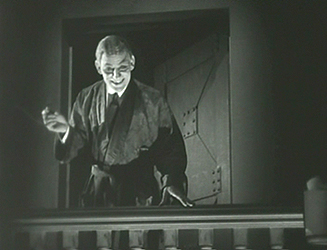 |
| The Monster (1925) |
Wednesday, October 3
Star of the Month: Lon Chaney
7:00 pm The Unknown (1927)
8:00 The Phantom of the Opera (1925)
9:45 The Monster (1925)
11:30 The Penalty (1920)
1:15 am Unholy Three (1925)
3:00 He Who Gets Slapped (1924)
| The Mummy's Hand (1940) |
Sunday, October 7
Monster of the Month: The Mummy
7:00 pm The Mummy's Hand (1940)
8:30 The Mummy's Ghost (1944)
9:45 The Mummy's Curse (1944)
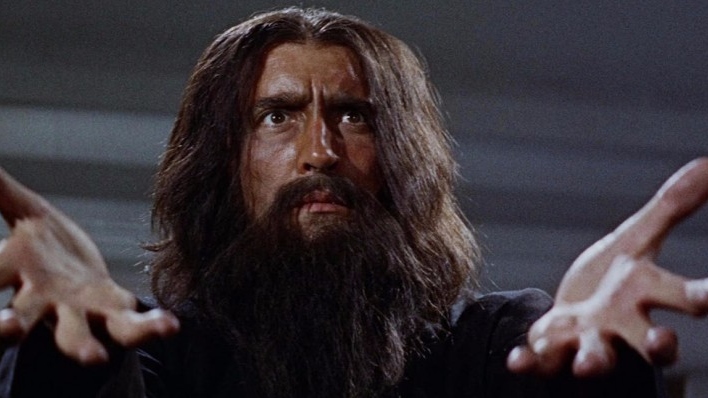 |
| Rasputin, the Mad Monk (1966) |
Wednesday, October 10
Star of the Month: Christopher Lee
7:00 pm The Devil's Bride (1968)
9:00 Horror of Dracula (1958)
10:30 Dracula, Prince of Darkness (1965)
12:15 am Horror Hotel (1960)
1:45 The Face of Fu Manchu (1965)
3:30 Rasputin, the Mad Monk (1966)
 |
| Mummy's Boys (1936) |
Sunday, October 14
Monster of the Month: The Mummy
7:00 pm Abbott and Costello Meet the Mummy (1955)
8:30 Mummy's Boys (1936)
9:45 The Robot vs. the Aztec Mummy (1958)
| Bedlam (1946) |
Wednesday, October 17
Star of the Month: Boris Karloff
7:00 pm The Old Dark House (1932)
8:30 The Walking Dead (1936)
9:45 Isle of the Dead (1945)
11:15 Bedlam (1946)
12:45 am Die, Monster, Die (1965)
2:15 The Sorcerers (1967)
4:00 The Terror (1963)
 |
| The Curse of the Mummy's Tomb (1964) |
Sunday, October 21
The Monster of the Month: The Mummy
7:00 pm The Mummy (1959)
8:45 The Curse of the Mummy's Tomb (1964)
10:15 Pharaoh's Curse (1957)
Monday, October 29
 |
| The Bad Seed (1956) |
5:30 am The Curse of the Cat People (1944)
6:45 The Bad Seed (1956)
9:00 Children of the Damned (1963)
10:45 Village of the Damned (1960)
| Hush ... Hush Sweet Charlotte (1964) |
12:15 pm What Ever Happened to Baby Jane (1962)
2:45 Hush ... Hush Sweet Charlotte (1964)
5:15 The Nanny (1965)
 |
| Mad Love (1935) |
7:00 pm Island of Lost Souls (1932)
8:15 Dr. Jekyll and Mr. Hyde (1932)
10:00 Mad Love (1935)
11:15 The Fly (1948)
1:15 Donovan's Brain (1953)
2:45 The Frozen Dead (1967)
 |
| The Magician (1926) |
Tuesday, October 30
5:00 am Dr. Jekyll and Mr. Hyde (1920)
6:15 The Magician (1926)
| Doctor X (1932) |
9:15 The Devil-Doll (1936)
10:45 The Mysterious Island (1929)
12:30 am Doctor X (1932)
2:00 The Return of Doctor X (1939)
3:15 King Kong (1933)
5:15 Things to Come (1936)
 |
| The Plague of the Zombie (1966) |
12:30 am Night of the Living Dead (1968)
2:30 The Plague of the Zombies (1966)
Wednesday, October 31
 |
| Carnival of Souls (1962) |
5:00 am Hands of a Stranger (1962)
6:30 Dementia 13 (1963)
8:00 Cat People (1942)
9:15 Carnival of Souls (1962)
10:45 Spirits of the Dead (1968)
1:00 pm From Beyond the Grave (1973)
3:00 Black Sabbath (1963)
5:00 Dead of Night (1945)
TCM Guest Programmer: Vincent Price
7:00 pm House of Wax (1953)
8:45 Pit and the Pendulum (1961)
10:15 The Masque of the Red Death (1964)
12:00 am House on Haunted Hill (1958)
1:30 Theatre of Blood (1973)
3:30 The Last Man on Earth (1964)
Friday, August 3, 2018
Wednesday, August 1, 2018
#WomanEmpowermentWednesday Lois Weber
- Considered "the most important female director the American film industry has ever known."
- Credited with pioneering the split screen technique in 1913's "Suspense"
- Wrote freelance movie scenarios while she was a homemaker
- Received $50,000 a year contract from the Bosworth Company
- One of the first directors to experiment with sound
- Became Universal's highest paid director earning 5,000 a week (1916)
- The first American woman to direct a full-length feature film in 1914
- Featured full-frontal female nudity in Weber's first film "Hypocrites" (1914)
- Was the only woman granted membership in the Motion Pictures Directors Association
- Received the writing credits in her first films produced with her husband, Wendell Smalley
- The first woman to own her first film studio in 1917

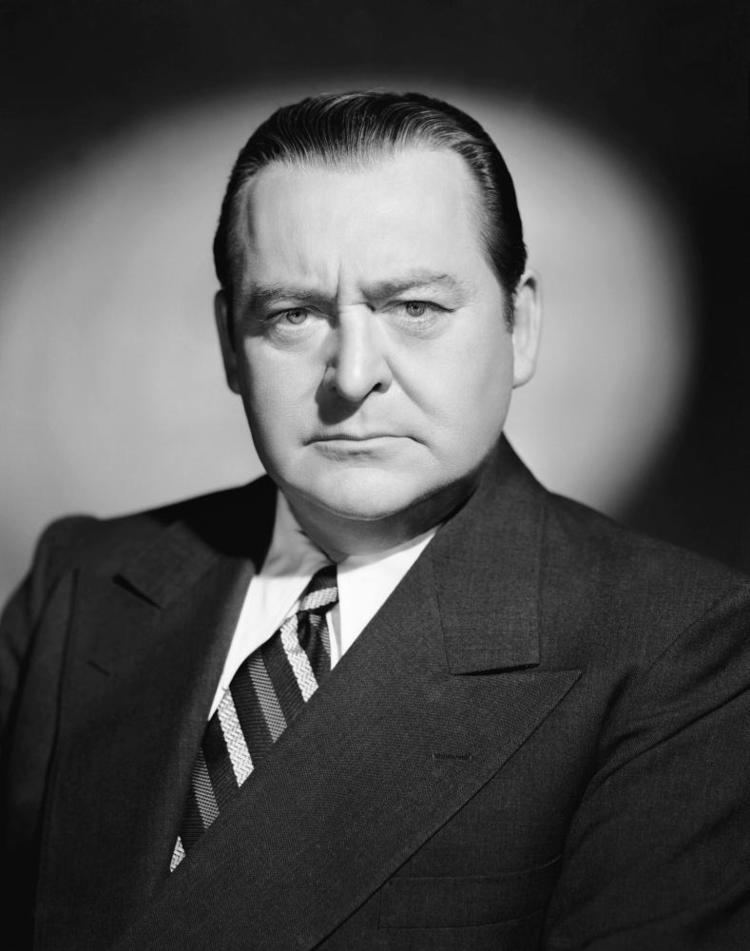


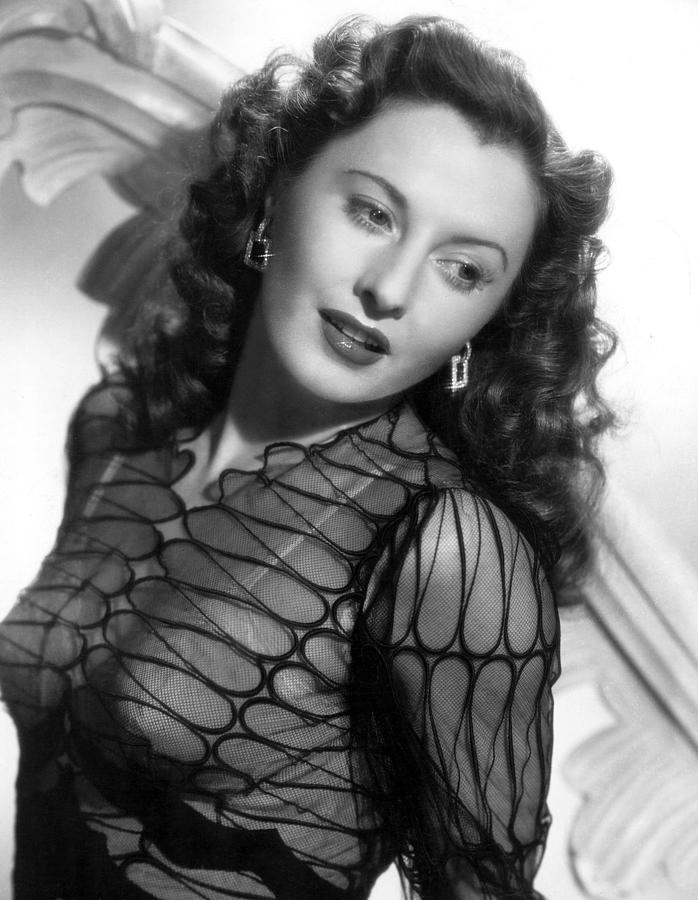
.jpg)
